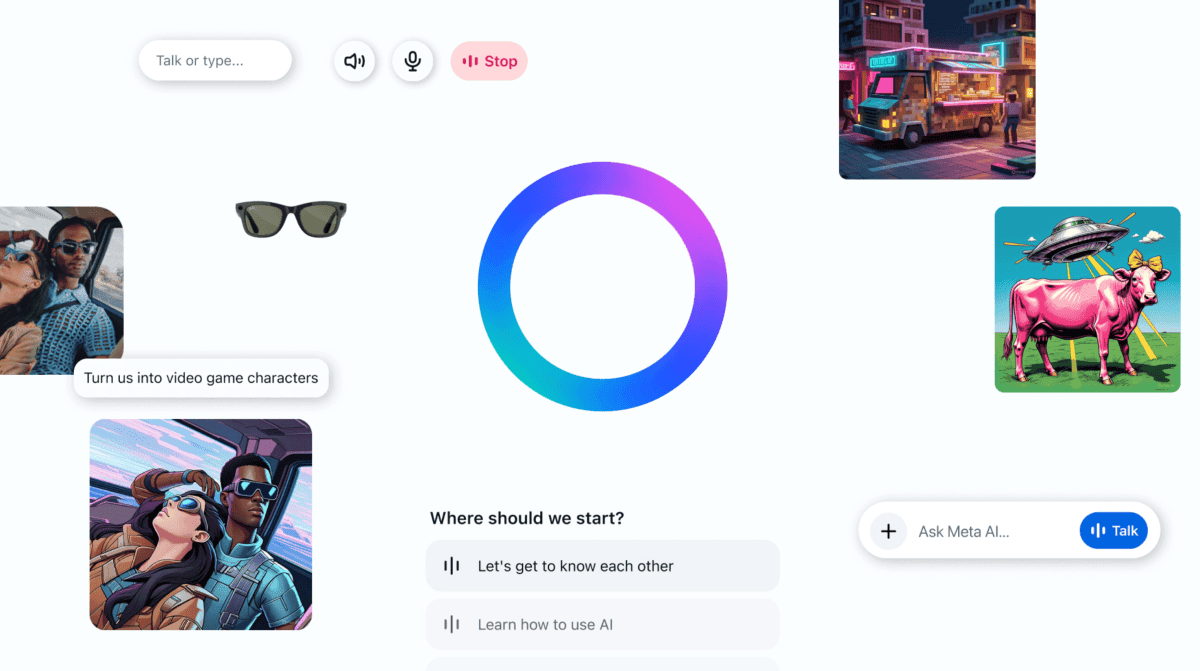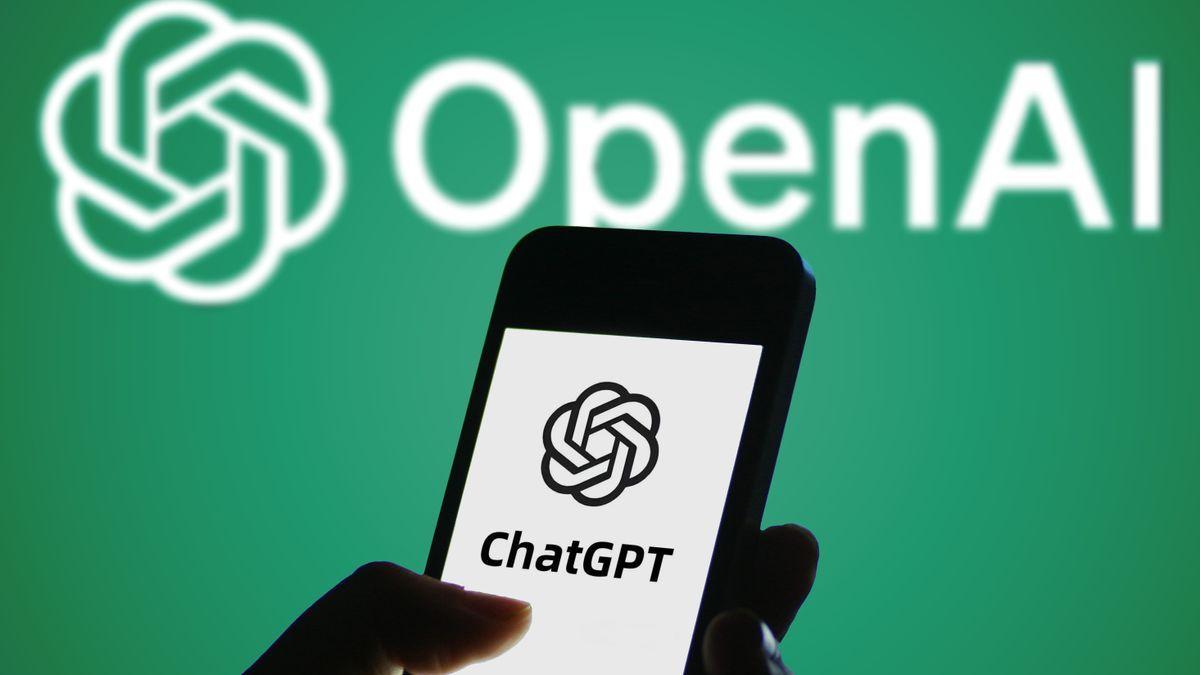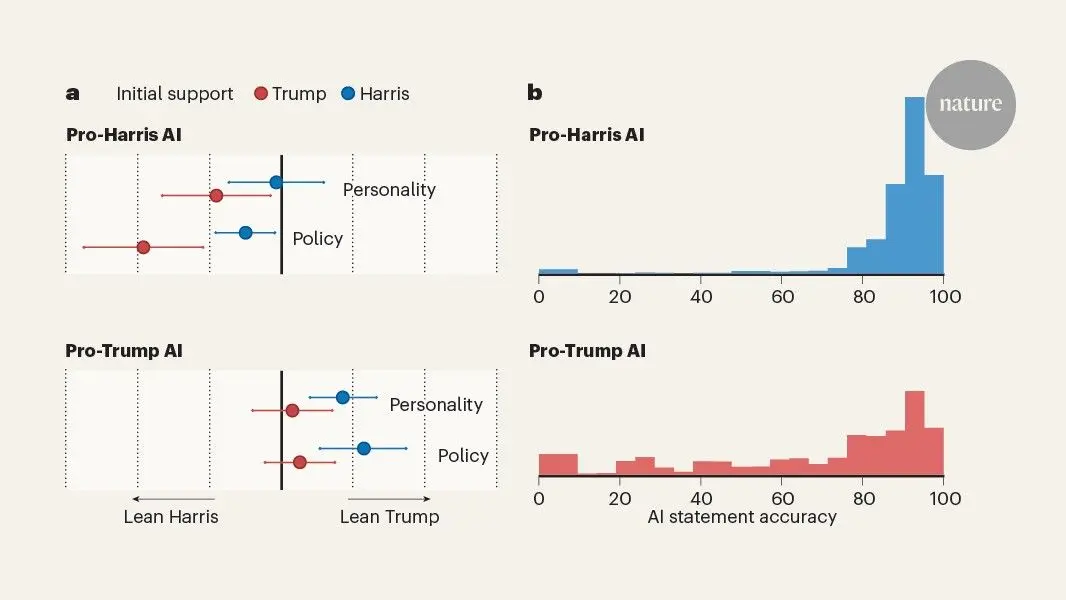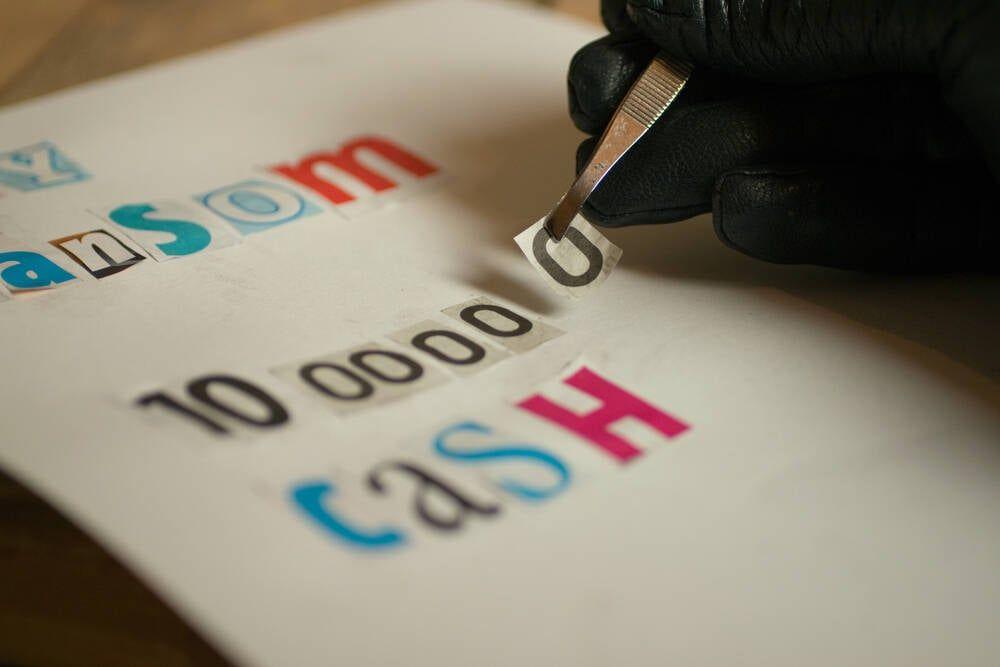Nextdoor's AI-Powered Redesign: Transforming Local Connectivity with News, Alerts, and Recommendations
9 Sources
9 Sources
[1]
Nextdoor redesigns app with AI recommendations, local news, and real-time emergency alerts | TechCrunch
Neighborhood social app Nextdoor is launching a redesigned version of its service that it's calling the "new Nextdoor." The app is adding local news, real-time alerts, and an AI-powered feature called "Faves" that's designed for discovering local businesses and spots. Nextdoor has also updated its overall design to look more contemporary. Launched 15 years ago, Nextdoor has long served as a popular platform for neighborhood conversations, helping users connect over things like recommendations for plumbers and suggestions for nearby places to eat. But eventually, its growth stalled and engagement declined as the platform became associated with posts containing misinformation and racism. Now, the company is looking to turn things around and attract more users by making its platform more helpful, useful, and timely. With this redesign, Nextdoor is looking to increase the quality and quantity of local information on the platform, Nextdoor CEO and co-founder Nirav Tolia told TechCrunch. To bring news to its platform, Nextdoor has partnered with 3,500 local publications across the United States, United Kingdom, and Canada. Notable outlets include the San Francisco Standard, The London Standard, and The Toronto Star. "The reason that this is so important for us is historically, Nextdoor has relied 100% on user-generated content, just the content that's created by your neighbors," Tolia said. "That's been a great source of information. But, to really make sure if it's happening in your neighborhood, we need to bring in local news as well. So this is the first time we're letting third party publishers use our distribution." Tolia stated that these aren't commercial agreements, as Nextdoor isn't paying for the content, nor are the publishers paying the company. Additionally, Nextdoor isn't hosting the content; it's simply displaying a headline, a snippet, and an image, and directing traffic to the publications. Users will be able to discuss the news in a comments section under each post. Tolia noted that publishers are just the first new type of content coming to Nextdoor, as the platform plans to allow small businesses, schools, and organizations to have native presences in the app in the future as well. In terms of the new alerts, Nextdoor now shows real-time updates on things like weather, traffic, power outages, storms, and wildfires. These alerts will appear on a dynamic neighborhood map, allowing neighbors to have timely conversations about safety and preparedness. The service is partnering with Samdesk and Weather.com, which includes The Weather Channel app and Weather.com, to power these alerts. "When there's something that is definitely worth paying attention to, we call that the yellow state, and we'll put that alert right at the top," Tolia said. "When there's something critical, we call that the red state and it'll take over the whole app, because at that point, you don't care about the conversations neighbors are having about pickleball. You don't really care about the new restaurant review that the local publishers put in. You need to get together with your neighbors and help save each other's lives in some cases." Tolia noted that these alerts are hyper-localized because Nextdoor is built on a geospatial platform. So unlike Amber Alerts that are sent out to everyone in a certain location, Nextdoor says it can personalize its alerts down to the house. For example, if there's a power outage, the app will only send the alert to the people whose power is out. As for the launch of Faves, Tolia says recommendations from neighbors are more valuable than going on Google or ChatGPT when looking to find a local restaurant or a place to spend time with family over the weekend, which is why Nextdoor is launching the feature. The new Faves feature displays curated lists of recommendations, and also lets you ask specific questions to get suggestions. "We have an LLM for every neighborhood where we've taken 15 years of neighbor conversations and we can now answer questions about that information in a really compelling way," Tolia said. "So we have the first, as far as we know, the first truly local AI that's powered by neighbor conversations." You can ask questions like, "What is the best place to hike with kids?" and receive a quick, summarized response that pulls information from posts from real users on Nextdoor. Underneath the summary, you can see and click through to the posts that the summary is referencing. "This content is proprietary to Nextdoor," Tolia said. "We've never shared it. It's not indexed by Google. It's not available on ChatGPT, and again, because we know where you live, we can target the information to you in the most relevant way." Tolia noted that Nextdoor's unique value is in digitizing and capturing local word-of-mouth, the kind of hyperlocal information that isn't available through platforms like Google or ChatGPT, because you can only get it from direct conversations. "I give the funny example of, if you wanted to know all the lemonade stands that kids are operating in your neighborhood, you can't go to Google Maps and find that," Tolia said. "You can't go to ChatGPT and ask that question, right? The only way is for you to ask your neighbors. And so that's what Nextdoor is all about. So what are we going to do? We're going to recommit to really making this feel hyperlocal. It's really important for us to be seen less as a social network and more as a utility centric network."
[2]
Nextdoor's Big Redesign Packages AI Advice Alongside Human Conversations
Expertise Community solar, state solar policy, solar cost and accessibility, renewable energy, electric vehicles, video games, home internet for gaming. Nextdoor, the social media app for your neighborhood and local events, has launched a new redesign. The company says the changes are to "meet the evolving needs of neighbors everywhere" as the shift toward remote and hybrid work has resulted in people spending more time in their local communities. The redesign focuses on three core features that will help you navigate the going-ons of your neighborhood: Alerts, News and Faves. Here's how each of these features works, and how it's incorporating an artificial intelligence chatbot into the app's overhaul. As a local social media application, Nextdoor has been able to share information about local emergencies or crises in the past. Identifying this important use case, developers created the Alert tab -- a map expressly designed to help you stay on top of critical happenings nearby. The map tracks power outages, severe weather, wildfires and more. Nextdoor powers this new feature through partnerships with providers like Samdesk and The Weather Company, integrating their latest updates into the map. The Alerts tab will also allow you to converse with your neighbors about what's happening nearby, sharing warnings or the latest information about a crisis. Local public agencies (such as your town's fire department) can also send out news blasts directly to the Nextdoor Alerts tab. You've always been able to hear about the latest events from neighbors through conversations on the Nextdoor app, but this feature will directly connect you with local news outlets to keep your neighborhood informed. Nextdoor has already partnered with more than 3,500 local publications across the US, the UK and Canada for this new feature -- the rollout includes a feed of news articles for 77% of US neighborhoods represented on Nextdoor right now. Local stories from vetted publishers will show up in your feed based on location information, making it easier for you and your neighbors to discuss local sports, politics and more. Nextdoor's new AI agent powers the Faves feature, which was launched in limited US markets at the beginning of its rollout. This feature incorporates an AI tool into Nextdoor, which was trained on the 14 years of neighborhood conversation history baked into the app. You can ask the chatbot for specific local recommendations and receive a quick and summarized response to your inquiry. Nextdoor says that asking the AI chatbot to provide recommendations will be just as useful as "asking a knowledgeable local." Whether or not users will prefer this chatbot to normal conversations with their neighbors remains to be seen. More than 100 million people use Nextdoor internationally, and the company estimates that one in three US households maintain an active account. It remains to be seen whether Nextdoor's active user base will embrace the redesign, but it will effect how millions of Americans interact with their neighborhoods. A representative for Nextdoor did not immediately respond to a request for further comment.
[3]
Can Nextdoor overhaul itself to be useful?
Mia Sato is features writer with five years of experience covering the companies that shape technology and the people who use their tools. In an era of social media-based restaurant reviewers, local neighborhood influencers, and an urgent need for trustworthy on-the-ground reports during moments of crisis, a crowdsourced hyperlocal platform like Nextdoor seems like a no-brainer. Yet something wasn't clicking. Some people were installing Nextdoor and finding a flood of irrelevant updates and notifications. Others were realizing that, as with other neighborhood-based platforms, their community feeds had devolved into paranoid watch groups, where fear, anger, and negativity were a primary driver of engagement. As CEO and cofounder Nirav Tolia describes it, there were three key issues with the platform. The first was a lack of content -- something Nextdoor had tried to fix by pulling in posts from a larger geographic area, to some users' chagrin. The second was that useful notifications for things like a construction delay, power outage, or tornado tended to be too slow because users were posting about them once they'd already happened. And finally, the content was simply not high-value enough. "I'm sure that if you use the product, you're not using it every day the way that you're using Instagram and the way you're using TikTok," Tolia says. To try and turn things around, the company is overhauling its offerings and flooding the zone with new -- and hopefully more useful -- content and features. First, the platform is adding a new interactive neighborhood map called Alerts, which displays nearby emergency situations: fires, severe weather, power outages, and more. Rather than being self-reported by neighbors, the Alerts page pulls information from authoritative sources like power companies, police and fire departments, emergency services, and Weather.com, according to Nextdoor. Getting reliable, trustworthy information to the public in emergency situations is difficult: social media prioritizes engagement over safety, and government alert systems are sometimes spotty. During the Los Angeles wildfires earlier this year, a small, nonprofit-powered app called Watch Duty became a life-saving resource for residents. Tolia says that user engagement was "through the roof" during the LA fires, and the hope is that Nextdoor can use its precise data to send better emergency alerts. If a power company reports that a few hundred households are affected by an outage, Nextdoor (which has precise home address data from when users signed up) could send an alert to just those people, Tolia says. To help bring more high-quality content to the platform, Nextdoor is also partnering with more than 3,500 local news outlets in the US, UK, and Canada to prominently feature their work in the app. A rotating carousel of news stories will appear at the top of the landing page, and news coverage will get sprinkled into the main feed of individual posts and the alerts map. The partnership, which has been rolling out over the past few months, is currently unpaid -- news outlets just get traffic and engagement from Nextdoor users. It's likely too early to assess whether the platform can be a major driver of engagement and traffic, but it could help smaller newsrooms get in front of local audiences who care about what's happening around them. Tolia says Nextdoor will eventually bring in neighborhood influencers, schools, and other community groups -- in other words, something akin to a Facebook feed with geographic constraints. Finally, Nextdoor is taking more than a decade of user data and rolling it into a new feature called Faves, which is an AI-powered recommendations chatbot. Tolia says Nextdoor has never licensed (and still isn't licensing) its content to AI companies, and its hyperlocal conversations and recommendations aren't indexed by Google like, say, Reddit threads. But the in-app Faves chatbot uses Nextdoor user data and allows people to ask for things like local yoga studios or places for families to go cycling, for example; the bot pulls and summarizes suggestions from previous conversations. Nextdoor users will see other AI-generated content creep in, too: news articles shared to the platform will have an AI comment posted to prompt conversation related to the story. Nextdoor is reevaluating one of its fundamental ideological questions here: who counts as a neighbor? What used to be a platform just for individuals now is courting news outlets, community groups, and influencers, as well as adding bespoke AI chatbots to neighborhood groups. "We're going to recommit to hyperlocal. We are going to focus on utility," Tolia says. "We don't want to be the place where people are just bitching about what they don't like about the neighborhood."
[4]
This new, improved Nextdoor might be just the social app we need right now
The app notorious for serving as a bulletin board for neighborhood tattletales is getting an AI-centered redesign, and it's bringing some pretty useful features. In a post this week, Nextdoor announced its biggest app redesign ever. At the core of the new app, Nextdoor says, are three components: Alerts, News, and Faves. Also: 5 reasons why I still prefer Perplexity over every other AI chatbot Real-time safety alerts: "Neighbors have long turned to Nextdoor in moments of crisis," the company says. New alerts provide information on everything from daily weather and traffic to critical incidents like power outages, severe storms, and wildfires. These alerts will appear on a dynamic neighborhood map that lets you have conversations with neighbors and public agency partners like fire departments. Local news from trusted sources: Local happenings are at the center of the Nextdoor experience, so the company is making sure you're aware of what's going on. Relevant stories from local vetted publishers will soon appear directly in your feed, tailored to your neighborhood's location. Nextdoor says it's launching with over 3,500 local publications across the US, UK, and Canada. The News feature will be available in more than 75% of the US cities on Nextdoor. Local recommendations from neighbors: Whether you're looking for details on the best pizza joint or need an emergency plumber, Nextdoor's new "Faves" category can help. Using AI to comb through 14 years of conversations, the app will give you a quick, summarized response to questions like, "What is the best place to hike with kids?" Nextdoor says it's "just like asking a knowledgeable local." This feature is launching first in select US markets. I'm usually not too trusting of AI-generated overviews, but since this is coming from actual conversations, it might be useful. Google Maps has a similar feature that uses AI to compile user restaurant recommendations. Also: Social media beats TV as top American news source for first time, study finds The Nextdoor app currently has more than 100 million users.
[5]
Nextdoor Relaunches Network With a Focus on News, Alerts and AI
Nextdoor Holdings Inc., the neighborhood-focused social network, unveiled a slew of new features as part of a sweeping redesign that aims to highlight more urgent content and boost user engagement. The changes include an alert system for critical events, including power outages and severe weather, Nextdoor said on Tuesday. And there's a local news offering that will prominently feature reports from 3,500 partner publications around the US, UK and Canada, displayed in a carousel at the top of users' feeds.
[6]
Nextdoor reboots app with AI agent, alert service
Driving the news: The relaunch centers on three features -- News, Alerts and Faves -- that align with Nextdoor's vision to help people stay informed, safe and smart. * News showcases local stories from more than 3,500 vetted publishers across the U.S., U.K. and Canada, including Axios, The London Standard and The Toronto Star. The app doesn't host full stories but shows headlines and photos and links out to publishers' sites. * Alerts provide real-time updates on weather, traffic and other local safety concerns and service interruptions from partners like Samdesk and Weather.com. The app color codes risk level (green, yellow, red) and shows neighborhood discussion. * Faves highlights local recommendations, based on neighborhood conversations and distilled into AI-generated summaries, such as family-friendly hikes and trusted electricians. * The app also features a cleaner feed, a news carousel and AI-generated prompts to spark discussion. The big picture: Nextdoor CEO Nirav Tolia -- the co-founder who stepped down as CEO in 2018 and then came back as CEO in 2024 -- attributed his return and the relaunch to the company's flagging stock price and the idea that the product's potential was "not being realized." * Nextdoor's stock price has dropped more than 80% since it went public via a SPAC in 2021 and has traded under $2 for most of 2025. The relaunch aims to deepen engagement among its existing 100 million users and attract more advertisers. * "There's a gap between how many people have heard of [Nextdoor], use it and rely on it," Tolia told Axios. "We want to be in that rely on it camp, and we identified that the way to do that was to build a better product." * "This is a new Nextdoor," Tolia added. "We've never had publisher content before. We've never had an alert service. We've never had integration with an AI agent." What's next: Tolia said this relaunch serves as a foundation for future product updates.
[7]
Inside the redesign that will make you actually want to use Nextdoor
Of all the social media platforms chasing users and flooding the internet with content, Nextdoor has always been a bit of an oddball. Rather than offering Instagram-style influence or Twitter-style followers or even Facebook-style endless engagement, Nextdoor has been focused on the earnest goal of connecting neighbors with each other. Since its founding in 2011, Nextdoor's purpose has been to be the digital window through which people can better interact with their own neighbors and neighborhoods, online and in real life. Today, Nextdoor is relaunching and unveiling a comprehensive redesign that positions it to actually make that possible. The new Nextdoor is moving away from its message-board past toward a more informative offering of geographically relevant real-time alerts, local news from vetted publishers, and a more accessible pool of neighborhood knowledge undergirded by artificial intelligence. The type of stuff you may have seen on Nextdoor over the past 14 years -- notices about lost or found pets, questions about whether or not anyone else's power is out, that cranky neighbor who posts a bit too often -- will largely be replaced by a feed of information that prioritizes relevance and utility.
[8]
Why Nextdoor Just Relaunched Its App Under the Original Co-Founder
Nextdoor, the social networking site focused on communities, just got a renovation. The revamp of San Francisco-based app is being piloted by co-founder Nirva Tolia, who left the CEO role in 2018 and returned in May of last year. He's hoping to turn around the company's finances and expand the user base of an app that Tolia acknowledges had become a little dated. "I realized almost from the beginning this is not about resetting the company and putting things back to the way that they used to be," Tolia tells Inc. "This was very much using the lessons of the past and the valuable DNA of the inception, but then combining those into something that was contemporary, modern and new." From its founding in 2010, the app was intended to help neighbors find services and develop deeper connections in the community, but developed a reputation for becoming a repository for people's petty complaints about their neighbors. It also faced controversies over racist behavior by users, which the company has actively tried to address over the years through policy changes like requiring physical descriptors other than race for reports of suspected crime and nudges to users to be kind to each other. Launching today, the reimagined app includes an interactive map of alerts similar to safety-alert app Citizen's interface, local news stories sourced through partnerships with more than 3,000 outlets, and a section called Faves that uses AI to generate summary recommendations based on 14 years of previous user-generated content.
[9]
'Neighbors Can Only Do So Much': Nextdoor Announces Plans to Become More Than Just a Place to Complain About Leaf Blowers
If you are a Nextdoor user, you know it is the place to ask for plumber recommendations and to air your grievances about the new traffic light in town. But Nextdoor wants to be so much more. Co-founder and CEO Nirav Tolia told AP News: "There should be enough value that we are creating for neighbors that they feel like they need to open up Nextdoor every single day. And that isn't the case today." To that end, Nextdoor announced its "most consequential redesign of its core product to date." A refresh of the site and app will focus on three pillars: Alerts, News, and Faves. Related: 12 Leadership Lessons From Nextdoor CEO Alerts promises "to deliver real-time updates on everything from daily weather and traffic to critical moments like power outages, severe storms, and wildfires." Faves will utilize AI to deliver quick answers to questions like, "What is the best place to hike with kids?" according to the release. In a big push to become a source of reliable information, the News section will utilize content from 3,500 local news publications in the U.S., UK, and Canada. Collectively, the app will publish 50,000 local news stories per week. "Trusted outlets are now reaching neighbors directly through the platform, bringing community-focused journalism to neighborhoods everywhere," read the release. "We thought in our early days that neighbors would take over, almost as citizen journalists or local reporters," Tolia said to AP. "I think we've come to the conclusion that neighbors can only do so much." Related: Nextdoor's CMO Says Small Businesses Are Underutilizing One Critical Tool That Could Propel Their Marketing Efforts Tolia revealed that while Nextdoor has 100 million registered users, only about 25 million log in once a week. With these improvements, Nextdoor is hoping to boost that number, which could provide an ancillary boost for the struggling local news market. Tim Franklin, head of the Medill Local News Initiative at Northwestern, told the AP that this could provide a lifeline to sites getting killed by Google's AI answers. "If Nextdoor is another vessel to get readers to news sites, and local news sites in particular," Franklin said, "It would come at a real moment of vulnerability for local news organizations and would be a real opportunity."
Share
Share
Copy Link
Nextdoor, the neighborhood social app, launches a major redesign incorporating AI-powered features, local news integration, and real-time emergency alerts to enhance user engagement and community utility.
Nextdoor's Ambitious Redesign
Nextdoor, the neighborhood-focused social network, has unveiled a major redesign aimed at revitalizing its platform and increasing user engagement. The "new Nextdoor" introduces three core features: Alerts, News, and Faves, each powered by advanced technology and partnerships
1
2
3
.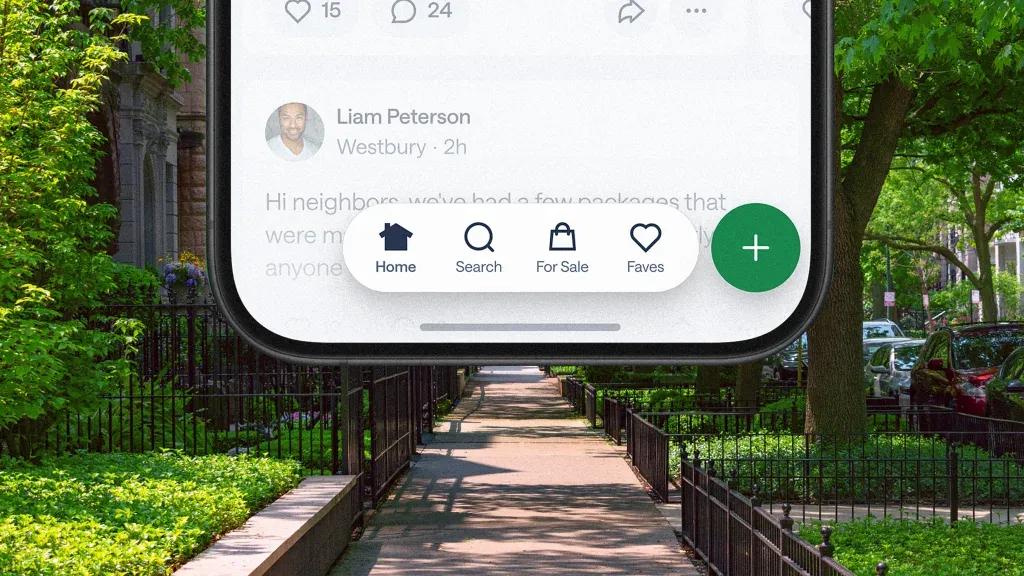
Source: Fast Company
AI-Powered Local Recommendations
At the heart of Nextdoor's redesign is "Faves," an AI-powered feature designed to provide personalized local recommendations. This innovative tool leverages 14 years of neighborhood conversations to create what Nextdoor CEO Nirav Tolia calls "the first truly local AI"
1
. Users can ask specific questions about local businesses, activities, or services, and receive quick, summarized responses based on real user posts1
2
.
Source: Inc.
Real-Time Emergency Alerts
The new Alerts feature introduces an interactive neighborhood map that displays critical information about emergencies, severe weather, power outages, and other local incidents
1
3
. Nextdoor has partnered with providers like Samdesk and The Weather Company to ensure timely and accurate updates2
. The platform's geospatial capabilities allow for hyper-localized alerts, potentially sending notifications only to affected households1
.Local News Integration
Nextdoor has forged partnerships with over 3,500 local publications across the United States, United Kingdom, and Canada to bring curated news directly to users' feeds
1
2
4
. This feature, available in more than 75% of US cities on Nextdoor, aims to increase the quality and quantity of local information on the platform1
4
.Addressing Past Challenges
The redesign comes as a response to several challenges Nextdoor has faced, including stalled growth, declining engagement, and concerns about misinformation and negativity on the platform
1
3
. By focusing on utility and hyperlocal content, Nextdoor aims to reposition itself as an essential community resource rather than just another social network3
.Related Stories
Impact and Future Plans
With over 100 million users internationally and an estimated one in three US households maintaining an active account, Nextdoor's redesign has the potential to significantly impact how millions interact with their local communities
2
4
. The company plans to expand its offerings by allowing small businesses, schools, and other organizations to have native presences in the app1
.
Source: The Verge
Privacy and Data Considerations
While the new features promise enhanced utility, they also raise questions about data usage and privacy. Nextdoor's access to precise home address data enables highly targeted alerts and recommendations but may also concern some users about data protection
3
.As Nextdoor rolls out these new features, the tech community and users alike will be watching closely to see if this AI-powered, news-focused approach can successfully transform the platform into the essential neighborhood utility it aspires to be
1
2
3
4
5
.References
Summarized by
Navi
[1]
[3]

